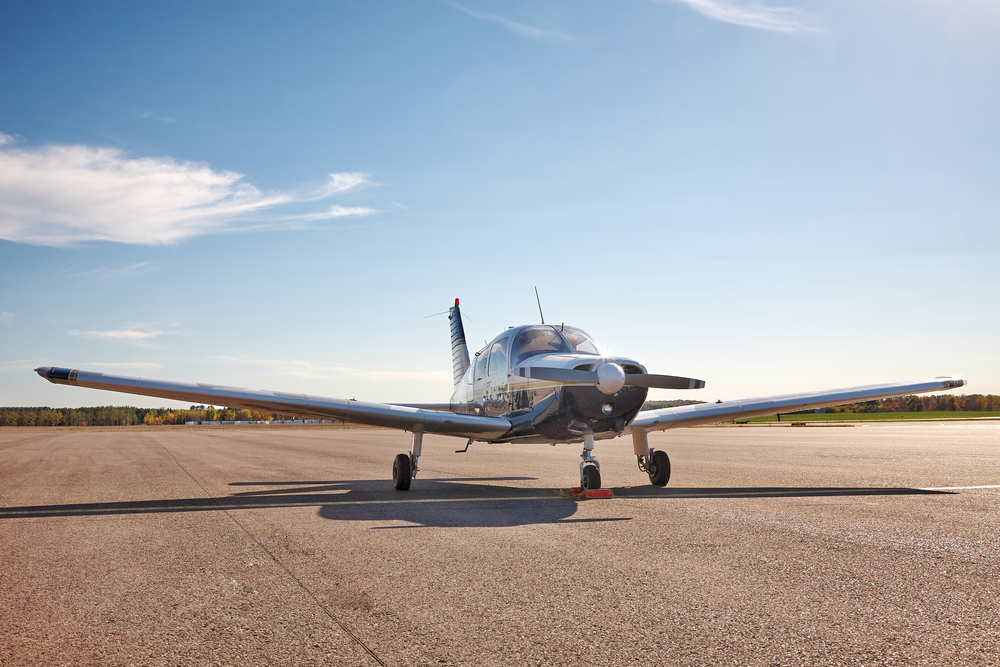Understanding Safety Pilot Requirements
In aviation, the role of a safety pilot is crucial. The safety pilot ensures that the aircraft remains under control during training exercises and certain flight operations. Their presence is often required when a pilot needs to perform under conditions that might impair their ability to focus fully on aircraft navigation and control. Understanding the requirements and duties of a safety pilot is important for maintaining high standards of flight safety.
Basic Eligibility for Safety Pilots
The Federal Aviation Administration (FAA) sets specific criteria for individuals to qualify as safety pilots. Firstly, they must hold at least a private pilot certificate. This ensures that the safety pilot has a baseline level of training and proficiency in flying.
The safety pilot must also hold a valid medical certificate. At a minimum, a third-class medical certificate is required. This is necessary to ensure the safety pilot is physically able to perform their duties. Maintaining ongoing compliance with medical standards is important for all pilots, including those serving as safety pilots.
Flight Experience and Currency
To act as a safety pilot, the individual must be current in the class and category of the aircraft being flown. For instance, if the flight is conducted in a single-engine land airplane, the safety pilot must have recent experience in such aircraft. The FAA typically requires that the safety pilot has completed a flight review within the last 24 months.
Visual Flight Rules (VFR) Proficiency
The safety pilot’s main task is to observe and take control if necessary while the acting pilot is under conditions like simulated instrument meteorological conditions (IMC). This means the safety pilot must be proficient under Visual Flight Rules (VFR). They should be able to conduct normal flight operations solely by reference to outside visual cues.
Communication Requirements
The safety pilot must be able to communicate effectively with air traffic control (ATC) if required. This includes being proficient in radio communication procedures. They must also be familiar with the specific airspace requirements of the flight.
Understanding Cockpit Responsibilities
When acting as a safety pilot, understanding cockpit responsibilities is essential. They must keep a vigilant lookout to prevent congestion or conflicts. Additionally, the safety pilot should be aware of the flight plan and any deviations that might occur.
Legal and Logbook Considerations
The FAA regulations under 14 CFR 61.51 require the logging of flight time accurately. The safety pilot must log their time correctly, especially when acting as a required crewmember. It’s important to note how the logged time counts towards various certifications or currency requirements.
Role During Instrument Training
In instrument training flights, the primary pilot may fly under simulated instrument conditions using a view-limiting device. The safety pilot observes the external conditions to ensure the path remains clear. Intervening only if safety is compromised ensures that training can proceed without unnecessary disruptions.
Common Scenarios Requiring Safety Pilots
- Simulated IMC training flights
- Proficiency checks for instrument-rated pilots
- Any flight requiring the pilot’s full attention on instrumentation instead of the horizon
In each of these scenarios, the safety pilot operates as a buffer, adding an extra layer of safety to the training or operation process.
Importance of Staying Current
Maintaining currency and staying informed about regulatory changes is crucial for safety pilots. The aviation industry is dynamic, with evolving standards and technologies. Regular training and periodic reviews help safety pilots stay proficient.
Interpersonal Skills
Good interpersonal skills are beneficial for safety pilots. Effective communication with the acting pilot is necessary. They should provide constructive feedback and support without overstepping their role. Mutual respect and understanding enhance the effectiveness of training and ensure a safer flight.
Safety Pilot Vs. Co-pilot
There’s a clear distinction between a safety pilot and a co-pilot. The safety pilot’s role is often limited to specific duties like monitoring and intervening during certain training exercises. A co-pilot, on the other hand, shares the responsibility of the entire flight operation. Understanding this distinction clarifies their different roles and responsibilities.
Managing Emergencies
A safety pilot should be prepared to manage in-flight emergencies. They must swiftly take control if the acting pilot becomes incapacitated or if any critical situation arises. Being well-versed in emergency procedures and quick decision-making is essential.
Conclusion on Mental Preparedness
Alongside technical proficiency, mental preparedness is crucial. A safety pilot should be calm under pressure and capable of handling unexpected scenarios without hesitation. This preparedness instills confidence and ensures a higher degree of safety.
Becoming a competent safety pilot requires a combination of flight experience, regulatory knowledge, and the ability to manage complex interpersonal dynamics. Their role is integral to training and maintaining proficiency in the aviation sector. Understanding and adhering to the stringent requirements helps in enhancing the overall safety and professionalism in aviation operations.
